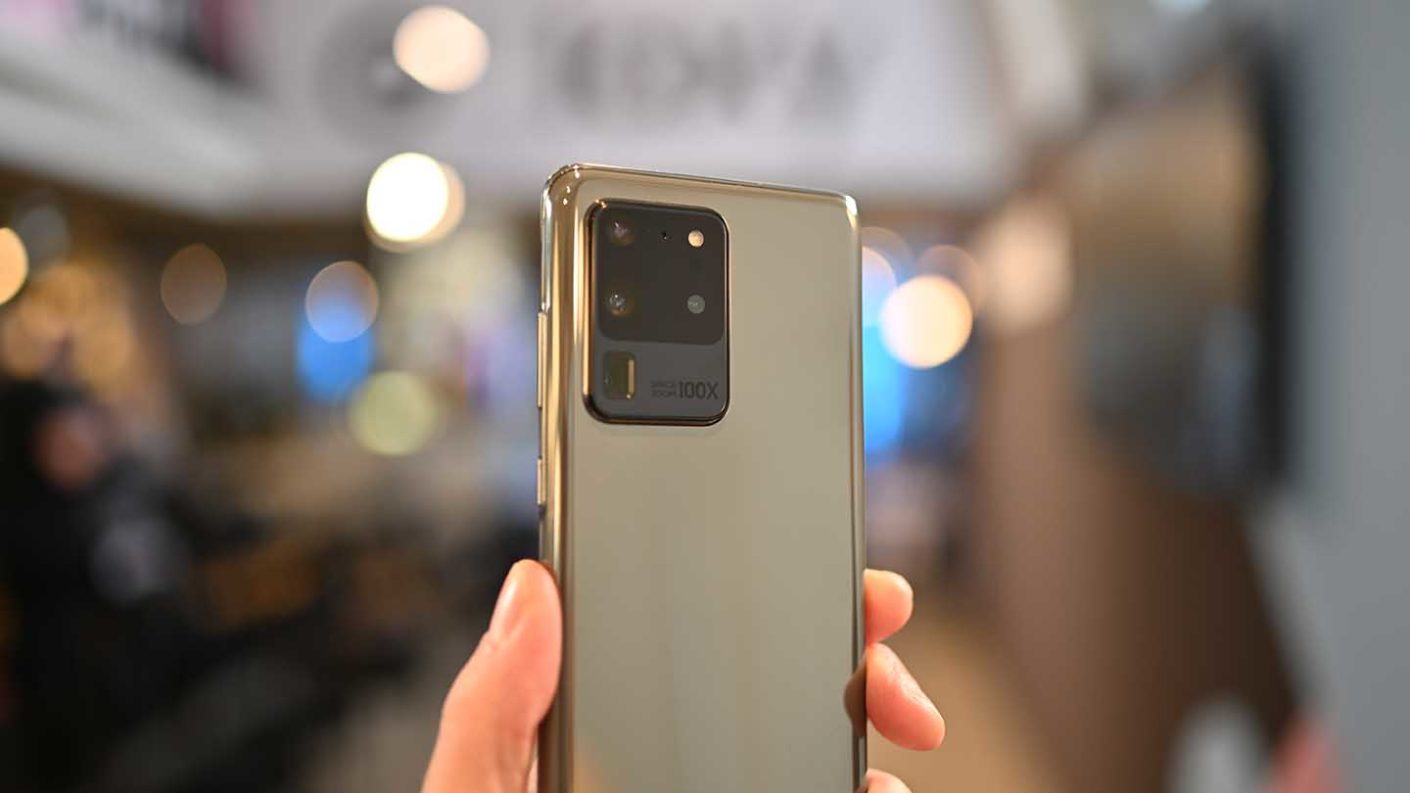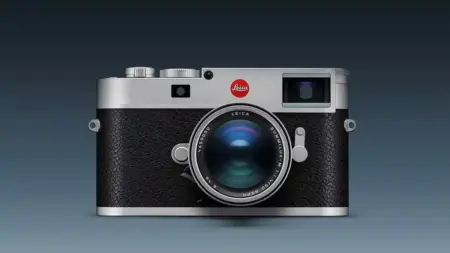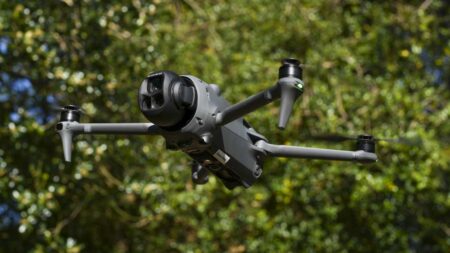What is the Samsung Galaxy S20 Ultra?
The Galaxy S20 Ultra is Samsung’s new top-end smartphone from its flagship Galaxy range. Launched on 11 February 2020, the S20 Ultra sits above the S20+ and S20 and offers 108-megapixel resolution along with 8K video capability.
Features
The Galaxy S20 Ultra is not short on features, beginning with its camera. The quad camera array on the rear of the S20 Ultra comprises a 12-megapixel ultra-wide camera, 108-megapixel wide-angle camera, 48-megapixel telephoto camera and a depth vision camera.
What’s more, the S20 Ultra’s pixels capture more light thanks to nona-binning technology. This effectively combines nine pixels into one creating larger photosites that capture more light.
On the front of the Ultra is a 40-megapixel selfie camera. Photo mode now offers what is called Single Take. In this mode, when you press the shutter the S20 Ultra records a short clip of video, and then AI selects your best frames.
Quick Take sees the Galaxy S20 Ultra employ all of its cameras at the same time. It then provides you with a selection of your best shots at different focal lengths.
The Galaxy S20 Ultra also adds 8K video recording at 30fps from the 108MP camera, as well as 4K, Full HD and HD. 8K videos can be cast on Samsung’s 8K-ready TVs, or you can upload footage directly to YouTube.
Galaxy S20 Ultra users can also now film in Pro Mode. This means you have all of the same controls that you would were you filming with a DSLR.
Another interesting feature that proved very clever in my initial tests was the zoom-in mic. The Galaxy S20 Ultra’s microphone will effectively zoom in 6x to seek audio, and then follow that sound. This might be useful, for instance, if you were filming a live band or a speech at a wedding, and wanted to eliminate the background noise around you.
Space Zoom is the other big feature Samsung has introduced to its Galaxy S20 family. This is a new combination of hybrid optical zoom and AI-powered digital zoom. With the S20 Ultra you get 100x Space Zoom (the S20+ and S20 each extend 30x).
Like the other Galaxy S20 phones, the Ultra is 5G-ready.
Build Quality
The Samsung Galaxy S20 Ultra boasts a 6.9-inch AMOLED display, and weighs in at 220g. Overall it measures 166.9 x 76 x 8.8mm. It’s the largest of the Galaxy S20 family of phones, and you can definitely tell the difference when holding the S20 – the smallest in the range – at the same time.
Charging the Galaxy S20 Ultra is done via a USB-C port. And like the S10 family before it, there’s a fingerprint scanner embedded in the screen.
The screen is big and bright, and there’s a slimmer bezel than before, as well as a smaller front camera. Overall, the Galaxy S20 Ultra has an attractive design.
Like other smartphone cameras, the Galaxy S20 Ultra has the option to quick launch the camera without unlocking the phone.
The native photo app is also very intuitive and what you would expect. The native camera app for the S20 Ultra is very well-featured, giving you lots of scope to shoot exactly how you want to, and experiment with different modes. Switching between the different lenses is very easy, with clear icons marked on the bottom of the screen.
For manual control, switching to Pro mode gives you the opportunity to change settings such as white balance, ISO, shutter speed and – only when using the main camera – aperture. These ‘Pro’ settings are available in both stills and video.
Performance
I was able to spend about a little time shooting with the Samsung Galaxy S20 Ultra, as well as the the S20 and S20+, at a pre-launch event. More testing will follow in due course, but first impressions are that Samsung has really attempted to address some of the concerns people often have with smartphone photography.
Poor-quality zoom is a big issue for many smartphone photographers, and in our initial tests Samsung’s new Space Zoom functionality appears to produce clean images when zoomed in. We tested the S20 Ultra by zooming in 100x from far away to frame a pair of small figurines positioned on a rafter beam.
While there was some clear softening of detail, it was much less than you would expect. Pictures were free of digital noise and looked pretty good.
Low light photography is another common obstacle with smartphones, and the Galaxy S20 Ultra’s ability to combine nine pixels into one really expands its capabilities when light levels are low.
We weren’t allowed to keep any of the photos and video we shot at the pre-launch event, but I can say that from my first impressions the images are crisp, clear and have really nice colours.
Single Take was my favourite mode to use on the day, and I can see it being the go-to capture mode for most users. Seeing your scene from many different focal lengths allows you to spend more time in the moment and less time fiddling with settings and menus.
Pro Mode is very intuitive, as well. I like Samsung’s use of sliders for controls. Making adjustments is a very quick process. That you can also take full control of your videography, too, is a nice bonus.
I was particularly impressed by the S20 Ultra’s zoom-in mic. Standing at one end of the room, we zoomed the mic in 6x, its max, and managed to follow a conversation going on in the middle of the room as if the people were standing right next to us.
There is a lot of tech to unpack here in the Samsung Galaxy S20 Ultra, and we look forward to testing it further in the coming days and weeks.
Early Verdict
The Samsung Galaxy S20 Ultra is a serious tool for both stills and video. The Mobile World Congress is still a few weeks away, but this already looks like it could be the best smartphone of 2020.




